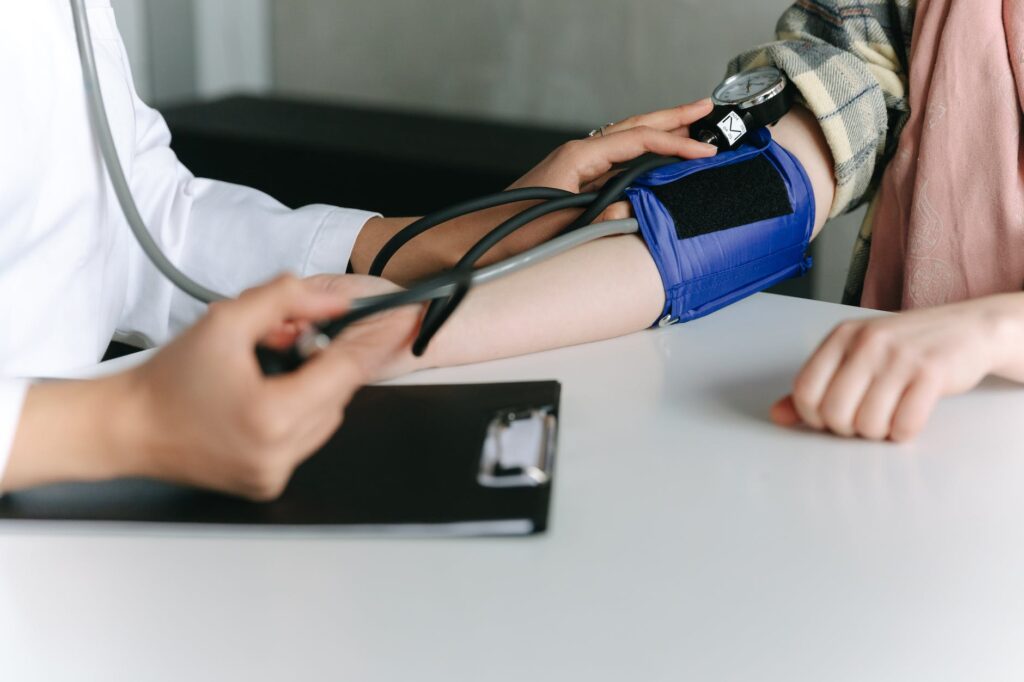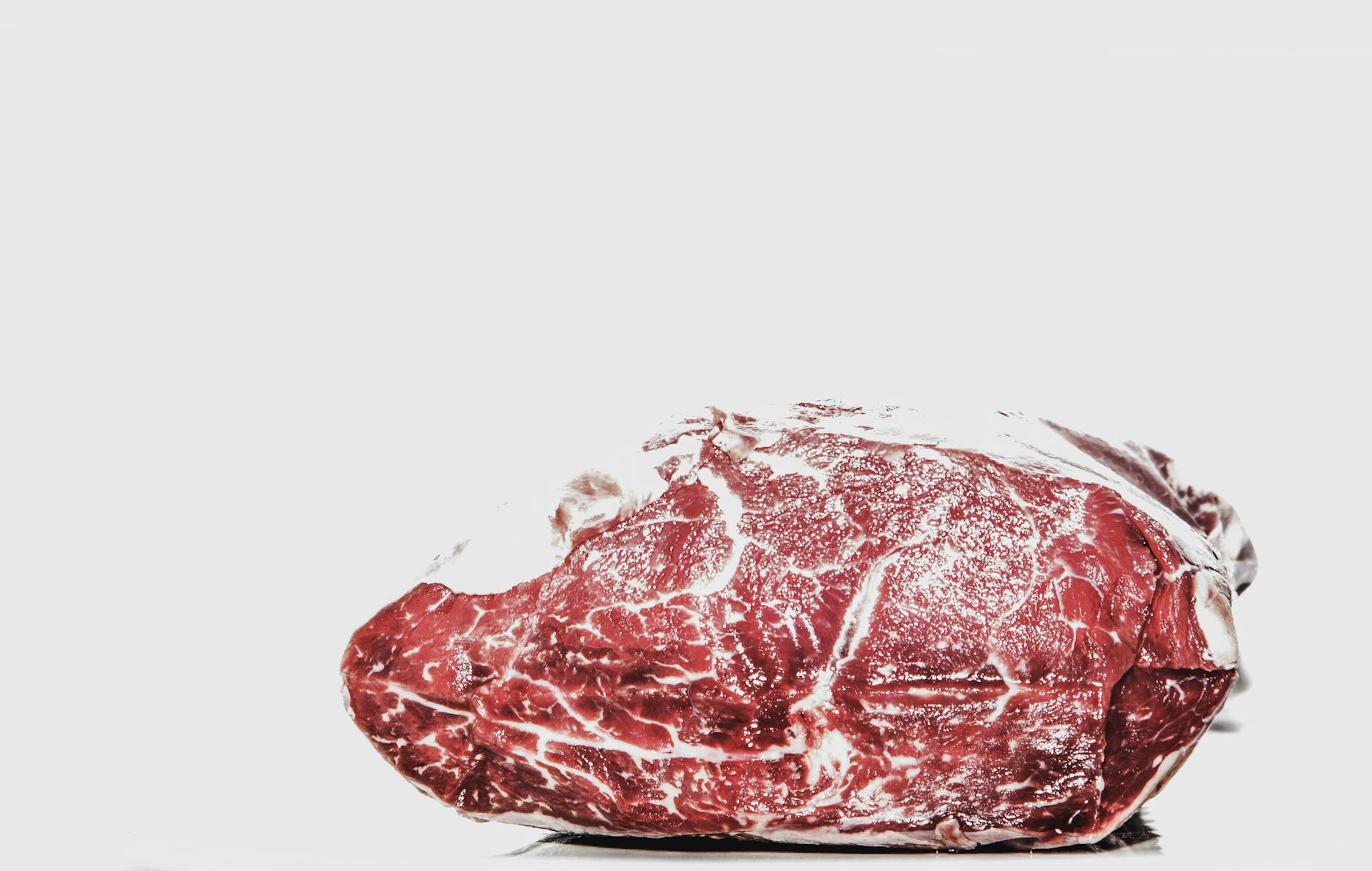The remaining symptoms on our list to help you determine whether your liver isn’t working properly are listed below. Make sure to read through to the conclusion of the post for a list of further tips on maintaining your liver health.
Click Here to Read Part 1 of Symptoms of Liver Damage
Enlarged Spleen
Fact: Blood can back up into other organs, including the spleen, as a result of this elevated pressure. Splenomegaly, or the enlargement of the spleen, can develop over time as a result of elevated blood pressure and flow.
One of the main causes of splenomegaly, or an enlarged spleen, is liver illness. Portal hypertension is a disorder characterized by elevated blood pressure in the venous system, which is accountable for moving blood from the intestines, stomach, pancreas, and spleen to the liver. It can be caused by liver-related conditions.

This increased pressure has the potential to cause blood to accumulate and pool, which could expand the spleen. An enlarged spleen can cause upper left-sided stomach pain that radiates to the back or reduces appetite, though symptoms are not always evident.
Gynecomastia
Fact: of men, gynecomastia refers to an increase of breast tissue. Hormonal imbalances can arise from modifications in the liver’s metabolism and hormone control in cases of liver damage or liver disease.
A change in the ratio of testosterone to estrogen can cause a discernible increase in breast gland tissue in certain males. Gynecomastia is a disorder that has a high correlation with liver impairment.
A liver injury can impair the body’s capacity to metabolize estrogens, which can result in an unbalanced sex hormone profile. Furthermore, because ethanol inhibits the production of testosterone, gynecomastia is more common in people who have a liver illness as a result of alcohol intake.
Unexpected Loss of Weight
Fact: Liver disease can affect weight loss in a number of ways. First, nutritional metabolism and storage, including that of proteins, carbs, and lipids, can be impacted by liver failure.
Malnutrition often presents as a symptom in liver-damaged patients. Malnutrition is frequently the result of liver disease because the liver plays an important role in regulating nutritional status and preserving the body’s energy balance.
At first, this could show up as a decrease in appetite or frequent episodes of nausea. Individuals who have alcoholic cirrhosis are more likely to experience dietary problems. Malnutrition is also linked to issues pertaining to the liver and other negative effects.
Impotence or Loss of Intimacy
Fact: Hormone metabolism and control, particularly the metabolism of sex hormones, are greatly influenced by the liver.
There is a strong correlation between liver diseases, particularly nonalcoholic fatty liver disease, and impotence, including erectile dysfunction. Moreover, decreased libido may result from liver disease.
While further research is needed to determine the precise mechanisms underlying these symptoms, many experts speculate that they stem from the sex hormone abnormalities frequently associated with liver diseases. Additionally, drinking alcohol appears to be linked to a decline in sexual function, especially in men.
Feeling queasy or throwing up
Fact: People who have liver impairment may have nausea and vomiting. Digestion might be brought on by the accumulation of toxins in the bloodstream as a result of liver function impairment.
As the liver’s capacity to efficiently process and remove toxins from the body declines, nausea and vomiting are frequent signs of liver disease. Due to this dysfunction, waste products frequently build up in the bloodstream. This can irritate the digestive tract and result in nausea and vomiting. Furthermore, because the liver is essential for food digestion and nutrient absorption, liver impairment can worsen gastrointestinal pain by interfering with these processes.
Yellowish-looking eyes (jaundice) is one of the indicators of liver damage
Fact: Jaundice, which is typified by yellowing of the skin and eyes, is frequently indicative of damage to the liver.
One of the most important indicators of liver impairment is jaundice, or the yellowing of the eyes. The waste substance bilirubin, which is produced as red blood cells degrade, is processed by the liver.
Bilirubin is efficiently processed and eliminated from the body in a healthy liver. However, injury to the liver impairs its capacity to metabolize and excrete bilirubin, which causes a buildup of the drug in the blood. A yellowish tint to the whites of the eyes and skin is a condition called jaundice that can occur when bilirubin levels rise.

How to Prevent Liver Damage
Avoiding or Reducing Alcohol
Fact: Nonalcoholic fatty liver disease (NAFLD) is the accumulation of hepatic fat in people who drink little to no alcohol. It has a close relationship to metabolic diseases, including diabetes and obesity. Nearly 25% of people worldwide suffer from NAFLD, which is one of the main causes of chronic liver disease.
Since excessive alcohol consumption is one of the main causes of liver disease globally, avoiding or restricting alcohol is essential to minimizing liver damage. Alcohol is metabolized by the liver, but in the process, toxic chemicals are produced that can inflame and scar liver tissue, resulting in diseases including cirrhosis, alcoholic hepatitis, and even liver cancer.
Heavy drinking over time can seriously compromise the liver’s capacity to carry out its crucial tasks, including blood detoxification, nutrition metabolism, and the production of necessary proteins.
Steer clear of high-fructose corn syrup and trans fats.
Fact: An early stage of nonalcoholic fatty liver disease (NAFLD) called hepatic steatosis is defined by the buildup of extra fat in the liver cells. It can lead to more serious liver diseases, including cirrhosis and nonalcoholic steatohepatitis (NASH) if treatment is not received.
It is essential to stay away from high-fructose corn syrup and trans fats in order to prevent liver damage. Many processed meals contain trans fats, which are hard for the liver to digest and can cause inflammation and cell damage. In a similar vein, high-fructose corn syrup, a popular sweetener in processed meals and sugar-filled beverages can overwork the liver.
High-fructose corn syrup causes the liver to work overtime to turn it into fat, which can result in fatty liver disease, a condition where the extra fat builds up in the liver cells. This may result in inflammation, harm to the liver, and even the development of dangerous diseases, including liver cancer and cirrhosis.
Control Over-The-Counter or Prescription Drugs
Fact: Certain drug-induced liver injuries seem to affect women more frequently than men. For instance, they have an increased risk of liver damage from drugs such as acetaminophen (paracetamol).
Effective management of prescription and over-the-counter (OTC) medications is essential to avoiding liver injury. The liver is essential to the metabolization of pharmaceuticals, which means it breaks them down so your body can use them properly. Drug-induced liver injury (DILI) can occur as a result of overusing, abusing, or combining certain drugs incorrectly. This might include anything from minor irregularities in liver function to serious liver failure. In particular, when taken improperly, some medications, including antibiotics, cholesterol-lowering medications, and painkillers like acetaminophen, can damage the liver.
Reduce Your Intake of Red Meat
Fact: A high consumption of red meat, particularly processed red meat, has been connected to the onset and advancement of nonalcoholic fatty liver disease (NAFLD). Red meat can lead to the buildup of fat in the liver since it frequently contains high levels of cholesterol and saturated fats.

One of the most effective ways to avoid liver damage is to consume less red meat. Red meat has a lot of saturated fats, and eating a diet heavy in these fats can cause the liver to become overly obese, which is known as nonalcoholic fatty liver disease (NAFLD).
Inflammation brought on by NAFLD has the potential to progress into more severe liver disease, including cirrhosis, fibrosis, and liver cancer. Furthermore, heme iron, which is found in red meat, has been linked to excessive iron buildup in the body and diseases and liver damage.
Engage in Regular Exercise
Fact: Some studies have shown the beneficial effects of regular exercise and physical activity on a number of liver function parameters.
Exercise on a regular basis is an effective strategy for avoiding liver damage and enhancing liver health in general. The body’s metabolism of fat is largely regulated by the liver. Unhealthy diets and sedentary habits can cause obesity, which is strongly associated with nonalcoholic fatty liver disease (NAFLD).
As the name implies, nonalcoholic fatty liver disease (NAFLD) is a liver disease marked by the buildup of extra fat in the liver cells, which can cause fibrosis, inflammation, and possibly even liver cancer or cirrhosis. Frequent exercise lowers the risk of NAFLD by enhancing body composition and helping people maintain a healthy weight.
